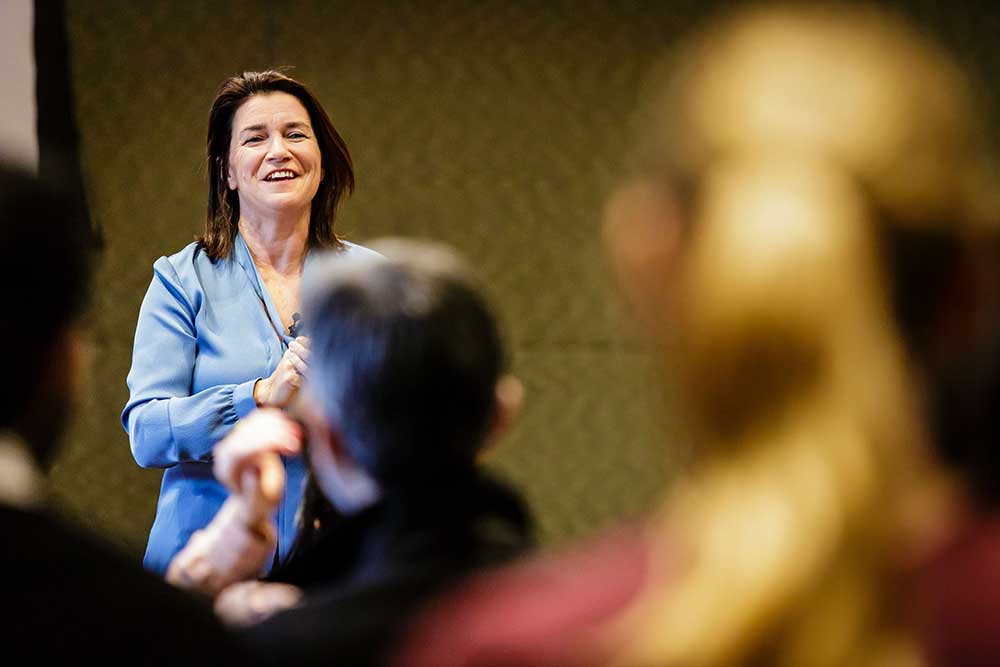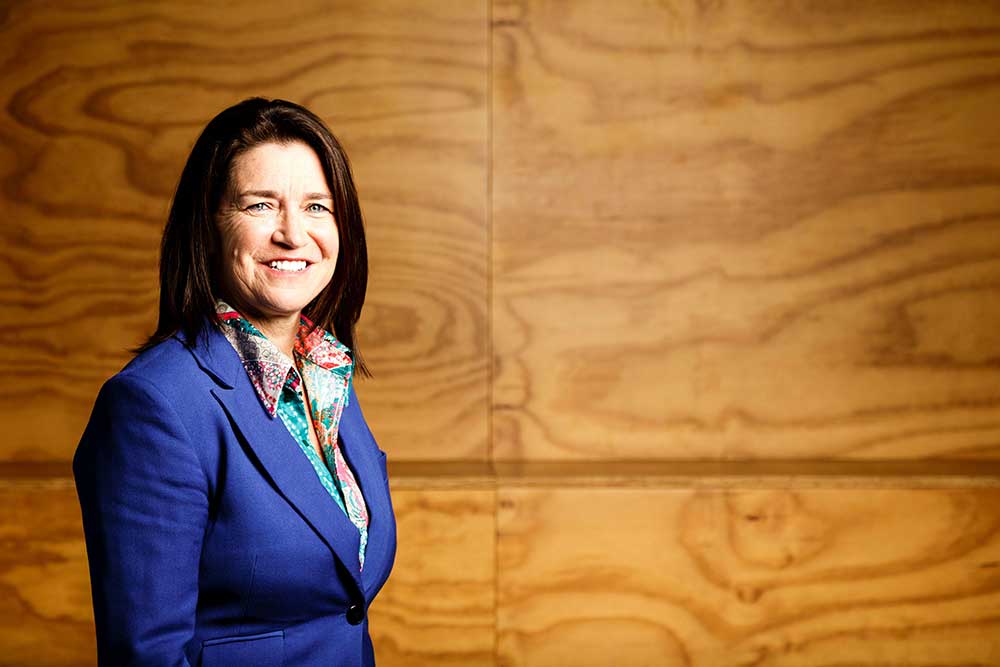How to find stories for work

Everyone has stories, regardless of what you do, who you are or how ‘normal’ you think you are. In fact, the ‘normal’ stories can often be the most effective. Once you learn how to uncover your stories, you will also discover that you have lots of them — way more than you ever thought possible.
Have you ever been at the beach and seen someone with a metal detector? They walk along, waving the detector over the sand to uncover what is hidden just below the surface. Finding stories you can share is very similar. Most of your stories may not be visible at first but are waiting just below the surface of your memory.
One way to find your stories is to literally do a brain dump of all the significant things that have happened in your life. When I say ‘significant’, I don’t mean they have to be major, life-changing events or sliding-door moments. You certainly want to capture these major stories but don’t ignore the simple or ordinary life experiences that you have collected across your lifetime. These can be significant too.
The key to good stories is having a variety of them, which includes a combination of work- and non-work-related memories and events. You also want your stories to encompass the four story types:
- triumph
- tragedy
- tension
- transition.
Two ways of finding stories
Over my years of working in this industry, I have found you can use two effective approaches to finding your stories.
Approach 1: Finding work-related stories
The first step in finding the four types of stories you have that are related to a work situation is to grab a piece of paper and divide it into five rows. Label each row (top to bottom) as follows:
- job
- triumph
- tragedy
- tension
- transition.
List all the jobs you’ve ever had in the first column, starting with your very first job and moving through to your current role. Don’t leave out any job, no matter how small or insignificant it feels now, and include any work experience or a casual job you had for a short time when you were young. I had a casual job working in Woolworths for two weeks when I was 17, and I have so many stories from that short experience.
For each role, now think carefully about specific events that stand out for you in relation to the four types of stories. The key to this approach is to sit with one job experience for a while. Don’t dismiss it too quickly by thinking something like, That was boring, nothing happened there or I was only in that job for three months. Remember, you are a metal story detector and the stories will be just below the surface so you need to be patient and thorough when investigating.
Also think about how you came to take on the role and then leave the role. Was there anything significant in that process? Did the role involve moving locations? Was taking the role or leaving it a big decision at the time? Why did you leave? These questions could end up providing good transition or tension stories.
What success did you have in that role? What achievements did you or your team enjoy that you are particularly proud of? Did you win any awards? Did you struggle with one aspect of the role or one person in your team that you worked through? Asking yourself these questions can bring up potential triumph stories you could use.
Do you have any regrets from that job that could form tragedy stories? Did you take a course of action or make a decision that ended up being the wrong call and something you regret? Was a strong relationship with one of your peers or clients destroyed that you wish hadn’t been? Did something happen to one of your colleagues that had a devastating impact on you, which you still think about today? Did you learn a valuable lesson from a mistake? Remember, tragedy stories don’t always have to be about significant loss; they can be about regret and the lessons you learned.
Approach 2: Finding non-work-related stories
Now it’s time to find some personal stories you could use. Use a fresh sheet of paper and again divide it into five columns, this time with the following labels:
- experience
- triumph
- tragedy
- tension
- transition.
Next, think through your past — from your earliest memories to your most recent — and write down the significant events that have happened in your life. Remember, you can determine what is ‘significant’. The fact that you remember these experiences probably indicates that they are significant to you, even at an unconscious level.
Try not to analyse the experiences that emerge; just write them down. Just because you have added them to your table doesn’t mean you will necessarily share them.
Once you have lots of different events and memories, put a tick in one of the four columns to indicate what type of story it may be: triumph, tragedy, tension and/or transition. You’ll likely find one story could be two of the four types of stories.
Reviewing your tables
Once you have completed approaches 1 and 2, count up the number of work- and non-work-related stories you have for each of the four different story types. You don’t need an even number of work- or non-work-related stories, and you don’t need a perfectly even spread across the four types. Rather, this step will help you to see if you have any major gaps — if you have too many of one type of story or not enough of another.
For example, you would not want all your stories to be about tension because this could indicate you are indecisive or overly stressed. Likewise, you wouldn’t want to have only triumph stories or your listeners will think you’re bragging — real life is a mixture of positive memories and challenging ones.
Revisit your tables if you have any gaps, and add some more memories if you need to.
At the end of this process, you will have a valuable collection of story ‘gems’ that you can potentially share in business — but don’t just stop here. I encourage you to keep adding to this collection as time goes on. Other significant events will happen and you’ll have even more great stories to choose from.
Written by: Gabrielle Dolan, a Melbourne-based leadership expert, keynote speaker and author. Edited extract from Stories for Work: The Essential Guide to Business Storytelling (Wiley $29.95), now available at all good bookstores.
Bring the best of the CEOWORLD magazine's global journalism to audiences in the United States and around the world. - Add CEOWORLD magazine to your Google News feed.
Follow CEOWORLD magazine headlines on: Google News, LinkedIn, Twitter, and Facebook.
Copyright 2025 The CEOWORLD magazine. All rights reserved. This material (and any extract from it) must not be copied, redistributed or placed on any website, without CEOWORLD magazine' prior written consent. For media queries, please contact: info@ceoworld.biz









